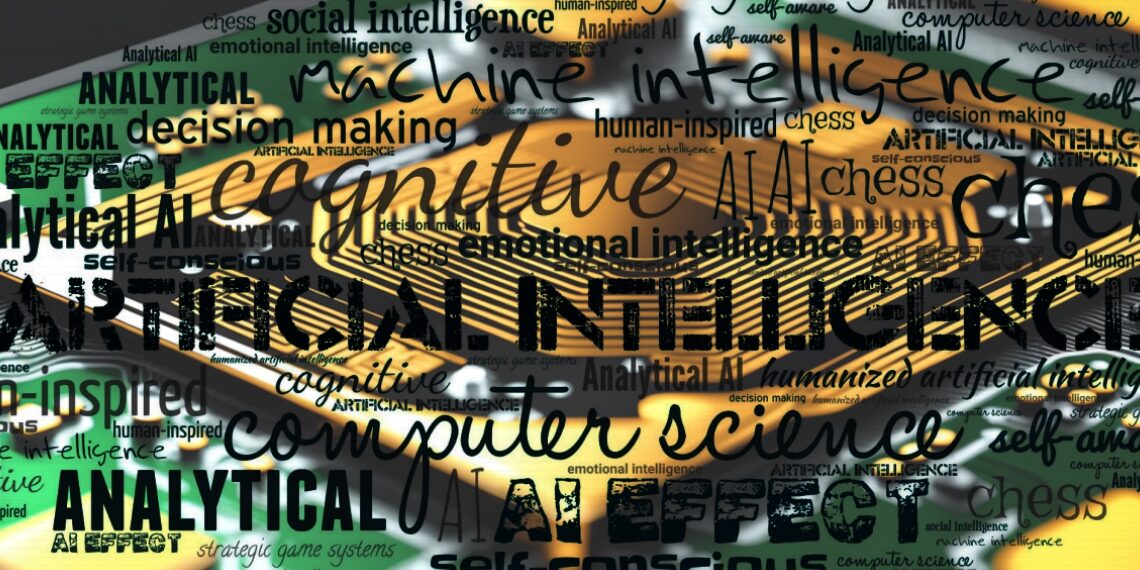The advertising industry seems fascinated by the magic of artificial intelligence (AI). Both marketing agencies and their clients are eager to understand how AI can enhance their strategies, marketing efforts, and profits. Unfortunately, there is currently no industry standard or clear definition of AI or its scope. Moreover, the meanings of most of AI’s key terms and technologies seem like obscure jargon. The Digiday article, being summarized here, contains a list of the most used, or misused, AI terms within the marketing industry. Hopefully, the following basic list of terms can offer some insight into the very mystifying, confusing and complex world of AI that has suddenly surfaced within all businesses.
AI Terms Used in Business and Marketing
Anomaly Detection
Anomaly Detection is a machine learning process that identifies patterns and detects data points that deviate significantly from the norm within the dataset being inspected. These could indicate errors, misinformation or factual oddities.
Artificial General Intelligence (AGI)
Artificial General Intelligence or AGI is a computer system with human-level cognitive capabilities; it is most often associated with AIs seen in science fiction. Many experts think AGI isn’t possible, but others say it’s not beyond reason.
Bid Optimization
AI-powered bid optimization is a method of advertisers placing bids in order to win an ad placement. It’s a process of AI-powered bidding made within real-time auctions to win ad placements, and to maximize campaign goals while adhering to the customer’s delivery preferences and constraints.
Computer Vision
Computer vision is a computer system’s ability to make sense of digital images, videos and other visual inputs, and then resolve or make recommendations based on that information.
Deep Learning (DL)
Deep Learning or DL is subset of machine learning, using unstructured data to build a model. Theoretically, it more closely simulates how a brain learns.
Digital Twinning
Digital twinning is a virtual simulation of a real-life system of physical objects and forces that uses machine learning to help model it and make decisions. In other words, digital twinning is the replication, or virtualization, of a real-world object into the digital space.
Generative AI
Generative AI is a fuzzy term that refers to the subset of AI that generates data or content, whether it’s text, images, music, video or anything else, based on patterns from user input data. Examples of this include OpenAI’s ChatGPT and Google’s Bard.
Hallucination
Hallucination is a metaphor for describing when AI models generate inaccurate answers. The concept has become more common this year, but it’s been used within the AI community for years. Google researchers used the word in a 2018 paper to describe how AI models were “susceptible to producing highly pathological translations that are completely untethered from the source material.”
Large Language Model (LLM)
Large Language Model or LLM is the backbone of generative AI. LLM is a type of AI model that is trained on massive amounts input, including news articles, social media content, computer code, technical manuals, books, photos, videos, music, numbers, and other types of content. By using its training data to predict what statistically mighty follow, LLMs can ‘read,’ ‘understand,’ and generate content similar to what humans might create. Although OpenAI’s GPT models are the most well-known thanks to the rise of ChatGPT; it’s really just one of many LLMs that technology companies have developed.
Machine Learning (ML)
Machine Learning or ML is a computational approach in which algorithms make predictions or decisions based on what information they are fed. Machine learning and generative AI can be mistaken for each other; people often say ‘generative AI,’ but instead mean ‘machine learning.’ The biggest difference is that generative AI has the capability to create new original content, whereas machine learning is the process of using data to pattern match or make statistical predictions.
Marketing Mix Modeling (MMM)
Marketing Mix Modeling or MMM refers to the way marketers use statistical analysis as a tool to look back at sales over a period of time to pinpoint what drove the sales. In other words, it makes marketers’ job easier by determining what’s working and what’s not. It’s not a new tool, but its worth mentioning because it is being combined with AI to improve and speed up analysis, and to lower costs. It’s increasingly used by independent agencies to keep up with their bigger competitors.
Natural Language Processing (NLP)
Natural Language Processing or NLP is a subset of AI, helping to bridge the gap between human and computer languages. Using various algorithms and computational models, NLP makes connections between terms to find context and meaning within human languages. For example, NLP can analyze massive quantities of text to understand the implied sentiments and identify hidden trends. It’s a helpful tool if a company wants to know what social media users are saying about a product, or what questions and concerns coming from their customer base.
Training Data and Test Data
Training Data is the massive amount of raw text, photos, videos, music, numbers, and other types of content ingested by an AI model as part of its supervised learning process. On the other hand, Test Data is used to see how well the AI model can predict results based on data that wasn’t included in the original training set.
The whytry.ai article you just read is a brief synopsis; the original article can be found here: Read the Full Article…





